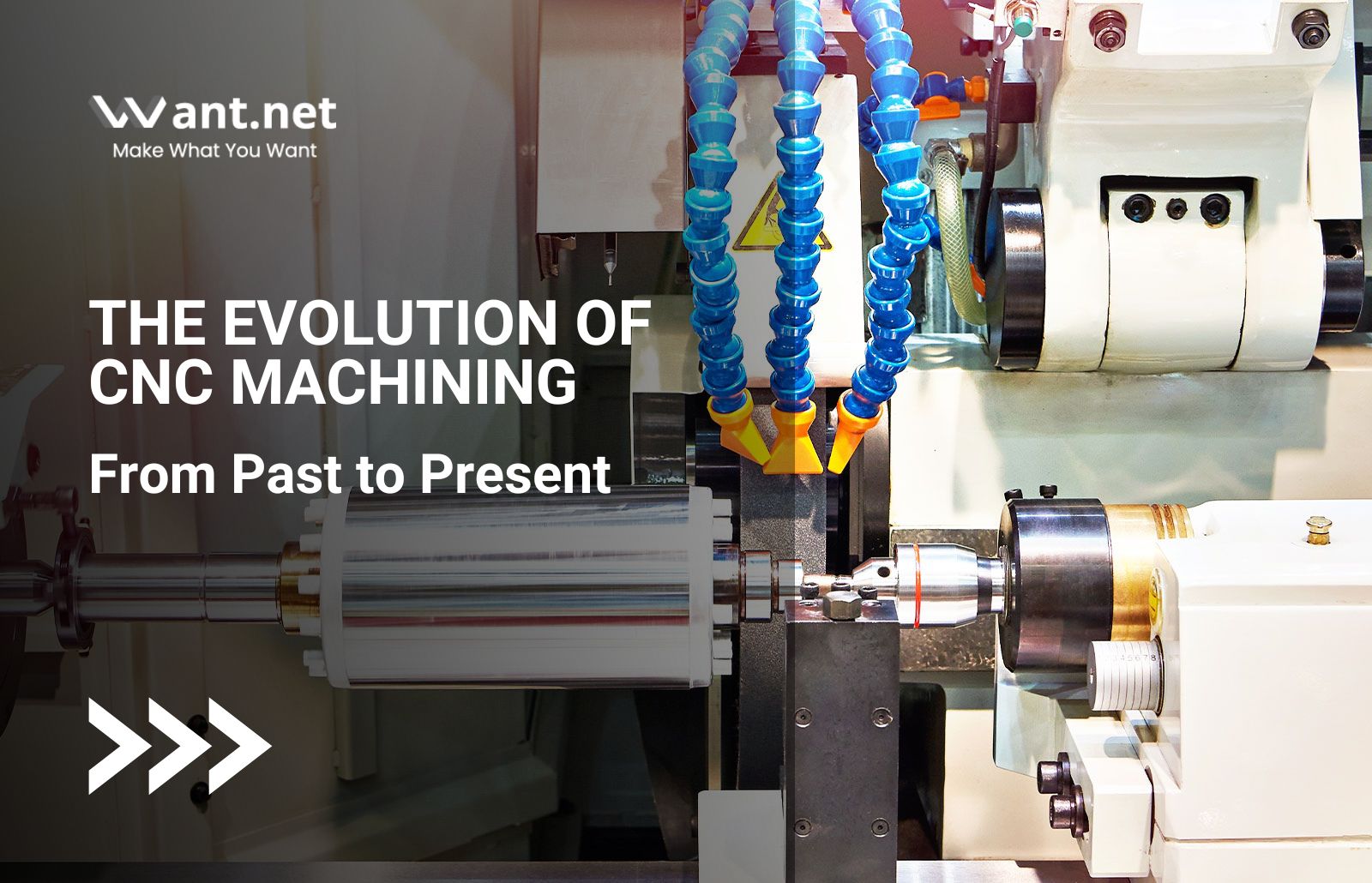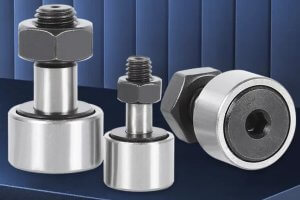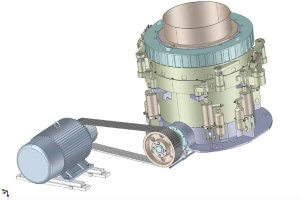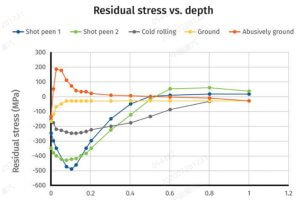CNC machining is a manufacturing process that has revolutionized the way we make things. From the early days of hand-crafted products to the modern era of computer-controlled machines, CNC machining has come a long way. In this article, we’ll explore the evolution of CNC machining from the past to the present, including its history, how it works, and the benefits it offers.
What is CNC Machining?
Before we delve into the evolution of CNC machining, it’s essential to understand what CNC machining is. CNC machining stands for Computer Numerical Control, which means that the manufacturing process is automated and controlled by a computer program. It involves the use of computer-controlled machines to cut, shape, and form metal, plastic, or other materials into precise shapes and sizes.
CNC machining has become a popular manufacturing process in many industries, including automotive, aerospace, medical, and electronics, to name a few. It offers a range of benefits, including increased precision, consistency, and speed, compared to traditional machining methods.
Recommended Read: The Benefits of CNC Machining for Your Business
Early Days of CNC Machining
The earliest CNC machines were developed in the 1940s and 1950s, and they were initially used in the aerospace industry to produce complex parts for airplanes and rockets. The first CNC machine tools used punched tape as the input method, which was slow and cumbersome.
In the 1960s, computer technology advanced, and new programming languages, such as APT (Automatically Programmed Tool), were developed. This allowed for faster and more efficient programming of CNC machines. In the 1970s, the introduction of microprocessors and digital control systems further improved CNC technology.
Advancements in CNC Machining
The 1980s saw significant advancements in CNC machining technology. CAD (Computer-Aided Design) systems were introduced, which enabled designers to create complex 3D models on the computer, which could then be used to program CNC machines.
In the 1990s, the introduction of CAM (Computer-Aided Manufacturing) software allowed for the creation of more complex CNC programs. This software could automatically generate tool paths based on the 3D CAD models, which reduced programming time and improved accuracy.
Today, CNC machining has become an essential part of modern manufacturing, and the machines have continued to evolve. Modern CNC machines use advanced control systems that can read and interpret complex 3D models and generate tool paths automatically.
How CNC Machining Works
CNC machining works by using computer-controlled machines to cut and shape materials into precise shapes and sizes. The process involves several steps:
- Design: The first step in CNC machining is to create a 3D model of the part that needs to be manufactured using CAD software.
- CAM Programming: Once the 3D model is created, the CAM software is used to generate tool paths that the CNC machine will follow to create the part.
- CNC Machining: The CNC machine is programmed with the tool paths generated by the CAM software, and the part is then machined using various cutting tools.
- Finishing: Once the part has been machined, it may require additional finishing operations, such as polishing, sanding, or painting.
Recommended Read: Streamline Your CNC Machining Workflow: Tips and Techniques
Benefits of CNC Machining
CNC machining offers several benefits over traditional machining methods. Here are some of the key advantages:
- Increased Precision: CNC machines are highly accurate and can produce parts to extremely tight tolerances.
- Consistency: CNC machines are programmed to follow a specific set of instructions, which means that the parts they produce are consistent in size, shape, and quality.
- Speed: CNC machines are much faster than traditional machining methods, which means that parts can be produced more quickly.
- Flexibility: CNC machines can be programmed to produce a wide range of parts, from simple to complex and intricate designs, making them highly versatile.
- Automation: CNC machines are automated, which means that they require minimal human intervention. This reduces the risk of human error and increases efficiency.
- Cost-Effective: While the initial investment in a CNC machine may be higher than traditional machines, CNC machines are more cost-effective in the long run, as they require fewer materials and less labor to produce parts.
Recommended Read: How to Achieve High-Quality CNC Machining Results
Real-Life Examples
CNC machining is used in a wide range of industries, and here are some examples of how it’s used:
- Automotive Industry: CNC machines are used to produce various parts for cars, including engine components, suspension systems, and interior parts.
- Aerospace Industry: CNC machines are used to produce critical components for airplanes and rockets, such as turbine blades, engine components, and landing gear parts.
- Medical Industry: CNC machines are used to produce surgical instruments, prosthetic limbs, and medical implants.
- Electronics Industry: CNC machines are used to produce parts for electronic devices, such as computer components, mobile phones, and tablets.
The Future of CNC Machining
The future of CNC machining looks bright, with continued advancements in technology and automation. One area of development is the use of artificial intelligence and machine learning, which could further automate the manufacturing process and increase efficiency. Learn more here.
Another area of development is the use of 3D printing technology in combination with CNC machining. This could lead to the creation of hybrid machines that can produce parts with even greater precision and complexity.
Check out more guide here.









